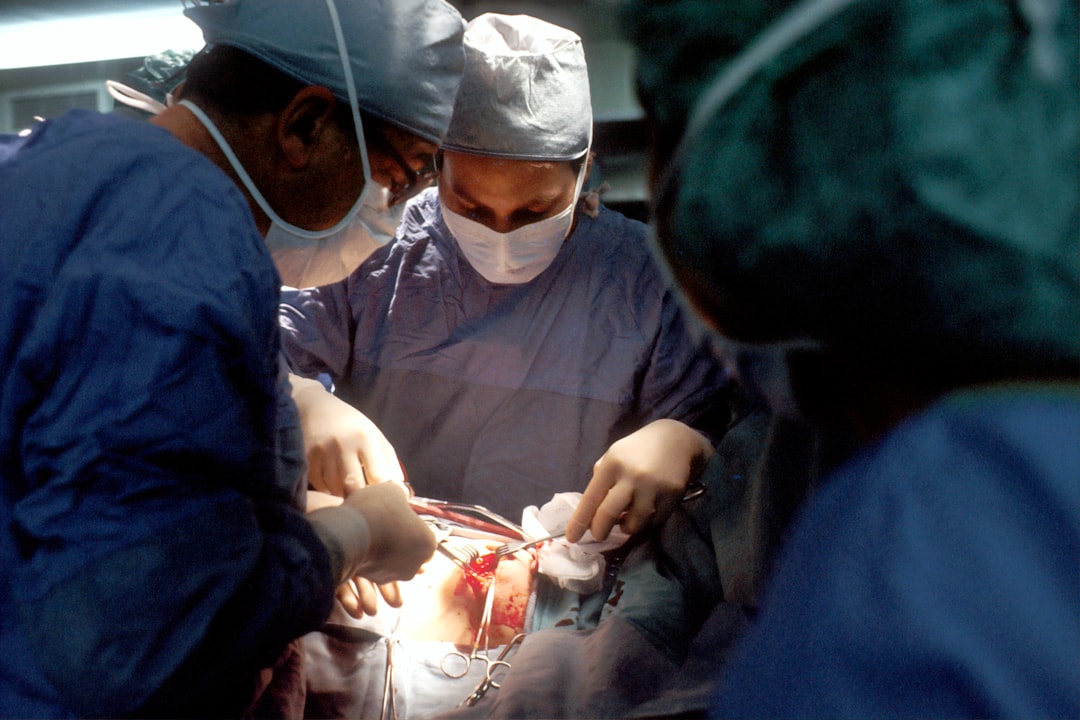What is it about?
Glycosylation (sugars bonded to proteins) is a hugely important part of enzyme function and is shown to be important in binding of carbohydrate-active enzymes to carbohydrates. Here we determine a new structure for a carbohydrate binding domain with two glycosylation patterns and determine how it has such a remarkable effect on binding to cellulose. This leads enzyme engineering in a new direction where enhancing enzyme activity has a new tool beyond amino acid sequence mutation.
Featured Image
Why is it important?
Carbohydrate binding domains are known for decades to be essential in the efficient functioning of cellulase-degrading enzymes. However until recently the glycosylation has been overlooked and is found to have the greatest effect on binding, far beyond what the protein alone can provide. We show here from the new glycosylated NMR structure that the binding enhancement is not due to structural changes, but to the glyosylation itself and how it is oriented with respect to the binding face of the binding domain.
Perspectives
The findings are an important push ahead into a complete understanding of how carbohydrate-active enzymes work especially with respect to glycosylation, an area that has been largely overlooked partially because of the difficulty in gathering reliable data. In the case of this CBM, for many decades, it was studied with no glycosylation and possibly incorrect concepts propagated. This work was a fine example of how NMR experimental data is complemented by simulation, modeling and computational refinement to discover new aspects of structural/funtional relationships that are inaccessible to experiment or simulation alone. For instance, the finding of configurational states of one glycosylation site that put the sugar too far away to be detected by NMR was a contribution of the simulations, and the ability to arrive at the time-probability of the states found by NMR is an added finding of the molecular simulation. This structure is deposited in the PDB repository and available for future studies and design.
Dr Michael F Crowley
National Renewable Energy Laboratory
Read the Original
This page is a summary of: O-glycosylation effects on family 1 carbohydrate-binding module solution structures, FEBS Journal, September 2015, Wiley,
DOI: 10.1111/febs.13500.
You can read the full text:
Contributors
The following have contributed to this page










